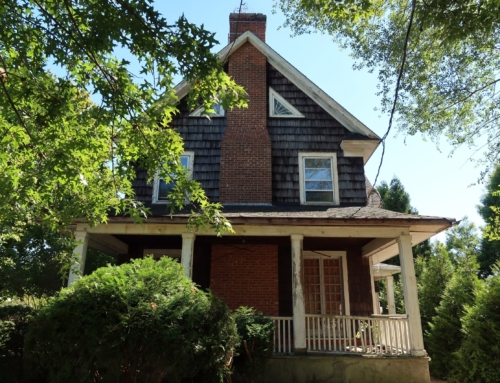 Mortgage fraud cases and other types of fraud are still haunting the real estate market. To avoid fraud and scams, don’t pay money upfront.
Mortgage fraud cases and other types of fraud are still haunting the real estate market. To avoid fraud and scams, don’t pay money upfront.
Appraisal fraud. Mortgage fraud. Foreclosure fraud. Foreclosure rescue fraud. There are so many ways to scam home buyers, homeowners and lenders.
According to the FBI’s mortgage fraud website, the tally of housing-related fraud cases bilked home buyers, homeowners and lenders out of more than $100 million.
Who is doing the scamming? In one case, three attorneys and one former attorney pled guilty to conspiring to commit wire fraud and bank fraud in connection with a $66 million mortgage fraud scheme involving over 100 home mortgage loans for residential properties in the New York City area, Westchester County, Dutchess County, and Long Island.
In Miami, the former president of a title and escrow company and a mortgage broker identified residential properties and paid individuals to act as straw buyers for the properties.
According to court documents, these straw buyers submitted false loan applications and supporting documents containing false information to various mortgage lenders across the United States. After the lenders approved the loans based on the false information provided, fake HUD-1 Settlement Statements were created that falsely represented to the lenders that the straw buyers were bringing their own money to closing. The escrow company president then falsely represented to the lenders that she had disbursed the loan proceeds in accordance with the lenders’ instructions, when in fact the cash went into one of her own companies.
In Norfolk, Va., Philip Villasis, conducted a classic foreclosure rescue scheme in which he defrauded homeowners and mortgage lenders.
According to court documents, Villasis promised homeowners that he could save them from foreclosure by arranging a sale of their homes to co-conspirator, Ray D. Gata, and other straw borrowers. The homeowners were promised that they could remain in their homes after the sale, pay rent, and Villasis would resell the homes back to them once they were more financially secure.
According to the FBI, Villasis and Gata profited from this scheme by taking all of the proceeds from the home sales. They executed false closing documents that showed the proceeds of the sale going back to the homeowners when, in fact, the proceeds were going to Villasis, Gata, and the other straw borrowers.
The homeowners received nothing from the sale of their homes while Villasis, Gata, and others received in excess of $170,000. In almost every case, Villasis required the homeowners to pay more in rent to cover a larger mortgage, and ultimately evicted these homeowners from their homes. Villasis has been ordered to pay restitution to his victims of more than $200,000.
The problem with all housing-related fraud is that the fraudsters always manage to stay one step ahead of the law. A new type of housing-related fraud, according to Mortgage Fraud Examiners, is a securitization audit. Con artists will tell desperate homeowners they can make their mortgage go away if they pay upfront of a securitization audit that portends to identify whether the mortgage has been properly securitized. Of course, they can’t. The “auditors” will just take your money and run.
In hindsight, it’s easy to understand that when someone promises they can make your mortgage problems go away, it’s probably too good to be true. How will you know for sure? If you’re asked to shell out upfront.






Is your article (and the Mortgage Loan Examiners who are your information source) saying that a “securitization audit” can’t be done period or is worthless – or that there are mortgage loan con artists that claim to be able to perform such an audit who take desperate homeowners money and then do the audit incompetently or fail to actually do so at all? My understanding from two attorney firms is that a securitization audit can, under certain circumstances involving resistance from the lender, be useful leverage in persuading the lender to do the loan modification. Please clarify your statement.